U.S. manufacturers, designers and OEMs should add some well-thought-out flow controls, gate valves and off switches when transferring information from the United States to China for manufacturing purposes, at least until our government figures out a way to add more fairness to the relationship.
My warning to U.S. manufacturers wanting to work with China is: Be cautious. They will steal stuff from you and make it themselves.
Fortunately, there are some good examples of how OEMs are working with China; and assembly is required.
I'm sure I'm correct about this "China is stealing” thing. There are many examples, and I'll point out a few. However, since I'm biased for the home team, I won't talk too much about the negative; that's too easy.
On the positive side, I found a good example of how Wazer, a recent OEM startup and builder of the first desktop waterjet, worked with China to bring a product to market. Nisan Lerea, co-founder and CEO at Wazer in Brooklyn, New York has a great story to tell.
However, before I get to that, several engineers, vendors and former Chinese nationals I talked to recently urged caution and have quite the stories to tell, as well. Some cannot discuss it due to nondisclosure agreements with U.S. companies, but what they tell me off the record hammers home a strong and justified distrust. Others tell the story of significant loss or spying related to China's theft of IP. Some are even concerned about the safety of members of their families, with high political positions in China, if their opinions and related facts about China got out. Whether it's IP, design drawings, hardware, software or actual equipment provided to China, remember, what's theirs is theirs and what's yours is theirs, often. That's all about that.
So, what are some ways to work with China? "It's best for the United States and China to be partners," says Lerea from Wazer. "We have a very positive relationship with China and did most of our product development and design for manufacturing there."
It's all about the bottom line. "The only way to make a $7,500 waterjet is to work with China," says Lerea. "We knew that our product was going to rely on off-the-shelf components from other industries, whether it was hydraulics or pneumatics or electromechanical systems, such as valves, fittings, motors and pumps, and it was tremendous value to us.”
It started when an American global venture capital firm called SOSV, a venture-capital firm, invested in Wazer about three years ago. SOSV runs a vertical accelerator program that brings startups from all over the world to one of its locations in southern China to introduce the companies to the manufacturing ecosystem that exists there.
"We joined the program to accelerate our product development and have access to its market expertise and infrastructure, such as maker spaces, in China," says Lerea. "Our engineering team was there for 18 months, and I was there for six months. Our supply chain is based there. By living in China, our engineers were able to communicate directly with the vendors. We could step foot in the factories and work with the vendors to make sure our designs were manufacturable."
Wazer was able to source off-the-shelf and custom components at greatly reduced prices compared to what it could make them for in the United States. "That's no secret," says Lerea. "You get the best quality for your dollar spent in China."
In terms of the dynamic of the partnership between the United States and China, what we have seen for the basic manufacturing processes is it's all there, and it's not coming back to the United States, continues Lerea. "Extrusion, injection molding, compressing molding, CNC, sheet metal cutting, bending and powder coating, all of that exists within a two-hour radius—hundreds of factories of each process," he says.
The partnership was successful. "From that we were able to create a sophisticated manufacturing tool that was affordable and can be used in a more advanced manufacturing setting in the United States," says Lerea. "That to me is a very helpful dynamic and partnership. Components well made in China can create an end product that can push advanced manufacturing in the United States forward."
If you are building a manufacturing plant in China, the design and technology is basically given to China. "Wazer doesn't have a plant—a contact manufacturer—in China," says Lerea. "It is its own contract manufacturer, based in the United States, but it has direct relations with its sub-suppliers in China."
Wazer is using China as a component supplier only. "It's not traditional what we have done," says Lerea. "Most industrial or consumer product companies will enlist a Chinese contract manufacturer to make the product. That manufacturer is then responsible for sourcing the individual components from sub-suppliers. That's where the issues lie around stealing IP."
You'll need to live in China and visit often with your sub-suppliers. And, since there is very little English spoken there, a Chinese national will need to be on the team that's bilingual. But be careful what you say.
ALSO READ: How to streamline machine control
About the Author

Dave Perkon
Technical Editor
Dave Perkon is contributing editor for Control Design. He has engineered and managed automation projects for Fortune 500 companies in the medical, automotive, semiconductor, defense and solar industries.

Leaders relevant to this article:

